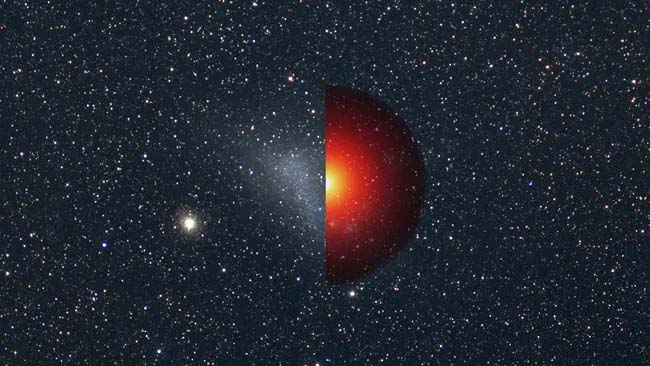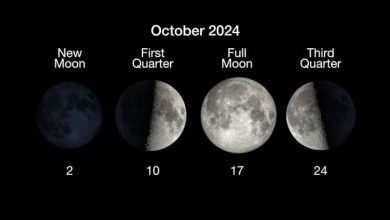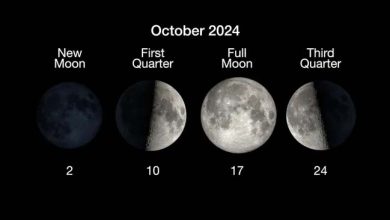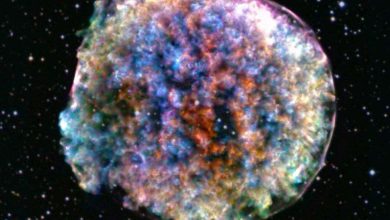‘Heavy’ dark matter will destroy our understanding of the universe

Science: New research suggests that dark matter can’t be too heavy, or else it could break our best models of the universe. We have plenty of evidence that something is going wrong in the universe. Stars orbit too fast within galaxies. Galaxies spin too fast inside clusters. Structures grow and evolve too quickly. If we count only the matter we can see, there’s not enough gravity to explain all of this behavior.
Most cosmologists believe that all of these phenomena can be explained by the presence of dark matter, a hypothetical form of matter that is very massive, electrically neutral and rarely interacts with normal matter. This dark matter makes up most of the mass in the universe, far outweighing the amount of luminous matter. The identity of dark matter remains a mystery, as experiments designed to detect a stray, rare collision have failed to detect anything. But these experiments have focused on targeting a specific mass range: about 10 to 1,000 giga-electron volts (GeV). (One GeV is equal to 1 billion electron volts.) This is in the range of the heaviest known particles, such as the W boson and the top quark. For decades, theorists have favored this mass range because several ingenious extensions of the Standard Model of particle physics predicted the existence of such particles.
Since we haven’t found anything yet, we’ve started wondering if dark matter might be lighter or heavier than we thought. But according to a new paper published in the preprint database arXiv, heavy dark matter runs into some serious issues.
The problem is that dark matter sometimes interacts with normal matter, even if very rarely. But in the early universe, when the universe was much hotter and denser, these interactions happened much more frequently. Eventually, as the universe expanded and cooled, these interactions slowed and then stopped, leaving dark matter “frozen” and silent in the background.
Though there are many, many models of possible dark matter candidates, many of them involve interactions with regular particles through exchanges involving the Higgs boson — a fundamental particle that interacts with almost all other particles and gives those particles mass through those interactions.





